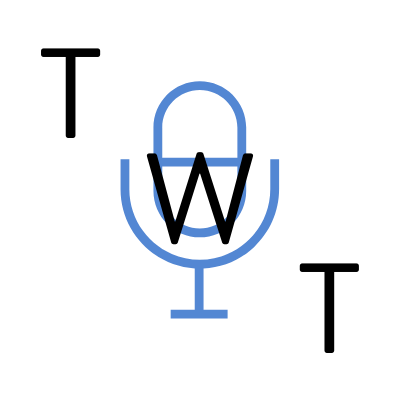Episode 187: Amy Fleischer & Melissa Petersen: Benefits of a Universal Core Board for All Students
This week, Chris interviews school-based AT Specialists Amy Fleischer and Melissa Petersen! Amy and Melissa share lessons they have learned about putting universal supports in place, including universal core boards in Melissa’s district. They discuss many of the reasons why Melissa wanted to put a universal core board in place, how her district decided on what words to include, and the improvements she has seen in overall AAC implementation since that time. You can view the website she made for her district at https://sites.google.com/edmonds.wednet.edu/aac4families
Before the interview, Rachel and Chris discuss a recent trip Chris took to visit his cousins and all of the visiting with his family. Chris shares about tempting his young relatives with fun games, and then waiting for them to come over on their own, and relates that to motivating AAC users with a “tempt and pause”.
Key ideas this week:
🔑 When Melissa made a low-tech support universal, teachers who were previously afraid of technology said they felt more confident with the core board. This helped them to focus more on modeling and descriptive teaching, and less on the technology.
🔑 Putting the district logo on their universal core board helped Melissa to get buy in from some teachers and staff - they said it make the board look more “official”.
🔑 If we want communication partners to take on extra responsibility via coaching, it helps to give them resources they can pick up and run with. A great way to do this is with a low-tech board, because we are giving them something inexpensive they can go out today and start using with students.
